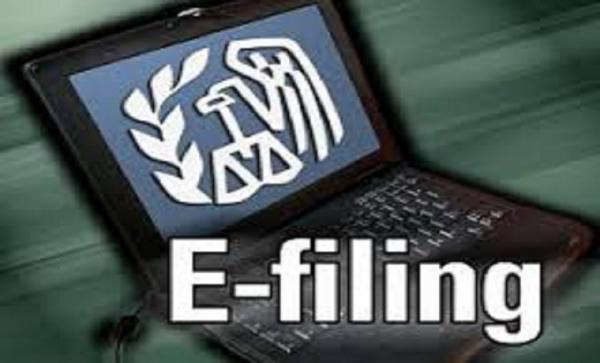E-Filling

The Electronic Filing System (or EFS) is the Singapore Judiciary's electronic platform for filing and service of documents within the litigation process. In addition, it provides the registries of the Supreme Court and the Subordinate Courts with an electronic registry and workflow system; and an electronic case file. Recent enhancements have added a module which facilitates the conduct of hearing using documents that have been electronically filed.
The EFS provides the legal profession with a rudimentary online case file from which documents can be electronically filed with the courts or served on the other parties in a case. The EFS is also the source for electronic cause book searches that are provided through the Litigation module of LawNet. EFS is set to be replaced by iELS eventually.
The Electronic Filing System (EFS) was implemented by the Singapore Judiciary to provide a platform for Law Firms (LFs) to file documents to the Courts electronically over the Internet. The EFS was specifically designed to fully exploit the electronic super highway to minimize not just the physical movement of people and paper court documents from LFs to the Courts, but also to leverage the benefits of electronic storage within the Courts: i.e. faster document filing and retrieval, eradication of the misplacement of case files, concurrent access to view the same case filed by different parties, etc.
Within the Courts, the EFS allow electronic documents to be automatically routed to the appropriate registry staff for processing. The system allows further routing within the courts e.g. for approvals by the Duty Registrar and a reply is then sent out by the Registry staff which is routed back to the originating LF. This has enabled realizations of improvements in efficiency by minimizing paper flow to shorten case processing time. Fees payable by the LFs for filing documents to Court are deducted automatically by the EFS. The whole process is fast, convenient and efficient.
The EFS also allows for faster response as well as accurate and up-to-date information. Hence, other benefits of the EFS include the speedy inspection of documents electronically and the ability to request for and receive electronic extracts of documents via the Internet. Electronic cause book searches and legal research are also available through Law Net. Lawyers can even obtain details of hearing fixtures via Short Messaging System (SMS) using their mobile phones.
Within the court room, registrars make use of the EFS to conduct hearings in chambers electronically using the EFS.
The components of EFS
The EFS consists of the following components: (a) The Front-End (FE) accessed via the Internet from each ‘EFS ready’ Law Firm’s desktop. (b) A Gateway (GW) that receives submissions from the LFs or the replies from the Courts routes it to the appropriate party and computes the fees payable by the LF for the transaction. (c) The Courts’ Workflow (WF) application that resides on Courts’ computers and caters for the internal routing and workflow processes within the courts. (d) A Hearing Module that is used to conduct hearings electronically. (d) A stand-alone Key Management System (KMS)
In my point of view all the students are also aware e-filling for Best Bca College in Indore.
The author of this article is Asst. Professor Pioneer Institute of Professional Studies, Indore





